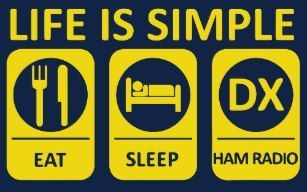The way you use the battery will determine how often it can be recharged without losing capacity too. Here are some tips to ensure you get the maximum charge-discharge cycle from your batteries:
• Keep batteries cool. Storage, charging or use above 30°C / 86°F causes lithium ion batteries to rapidly deteriorate. However, also don’t let them freeze.
• Lithium ion batteries don’t like being kept at full charge state, and they don’t like being kept at near empty charge state either.
• If you are not going to use a battery for a while, allow it to half discharge – conveniently with the 868/878 this is indicated just as the battery meter ticks over from three full blocks on the battery meter to two blocks – and store the battery in a cool place
• Avoid frequently fully discharging the battery. Quite unlike what you were used to with NiCd or NiMH batteries where near-fully discharging them was best practice, lithium ion batteries prefer not to be discharged too far, and they are actually quite happy to be frequently cycled with a little discharge then charged a little again.
• Once the battery meter indicates a red battery icon with a lightning bolt, immediately turn off the radio and charge the battery
• For squeezing the very maximum number of charge-discharge-charge cycles out of the 868/878 lithium ion battery, it would be best to only charge them to 75% capacity, or 8.0 volts (the AnyTone charger stops charging at 8.4 volts, or 100% capacity) and then only allow the battery to discharge to 25% capacity, which is about 7.3 volts. Not allowing the battery to fully charge or fully discharge obviously doesn’t make full use of all available battery capacity, but in doing so this stresses the battery less and you will perhaps double the overall number of times or cycles the battery can be used and then recharged. In normal use, a lithium ion battery could be recharged 600-800 times when using the full available capacity of that battery, but by limiting charge to 75% of maximum, and discharging down to no lower than 25% your battery could potentially be recharged 1500 or more times. The big disadvantage of this technique is that it requires the user to carefully manage their battery, and the inconvenience of doing this is high.
Discovered by
Al AF4FA

